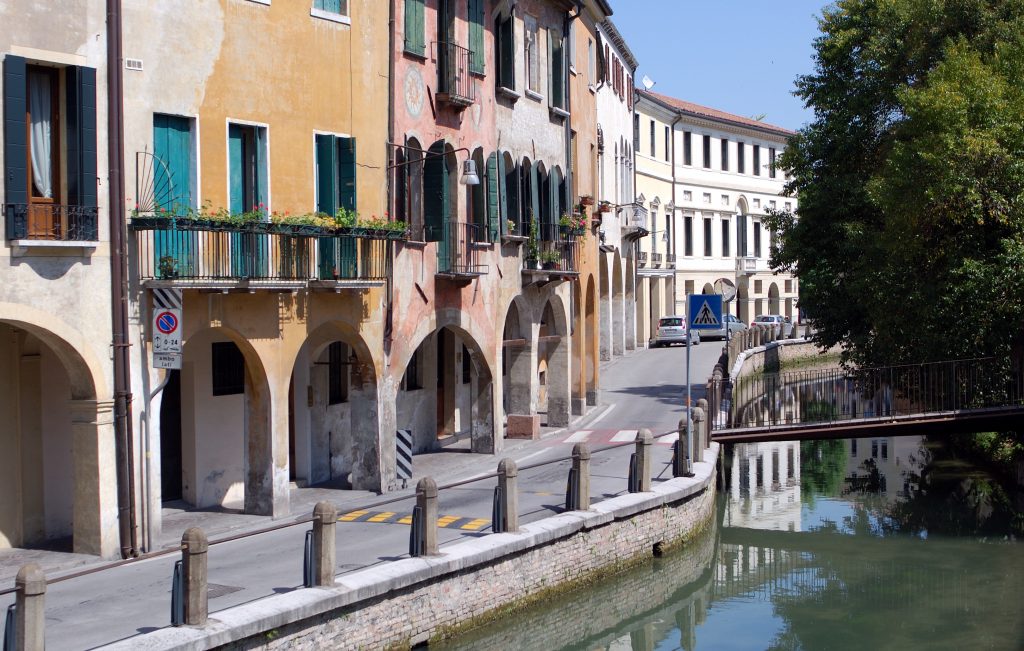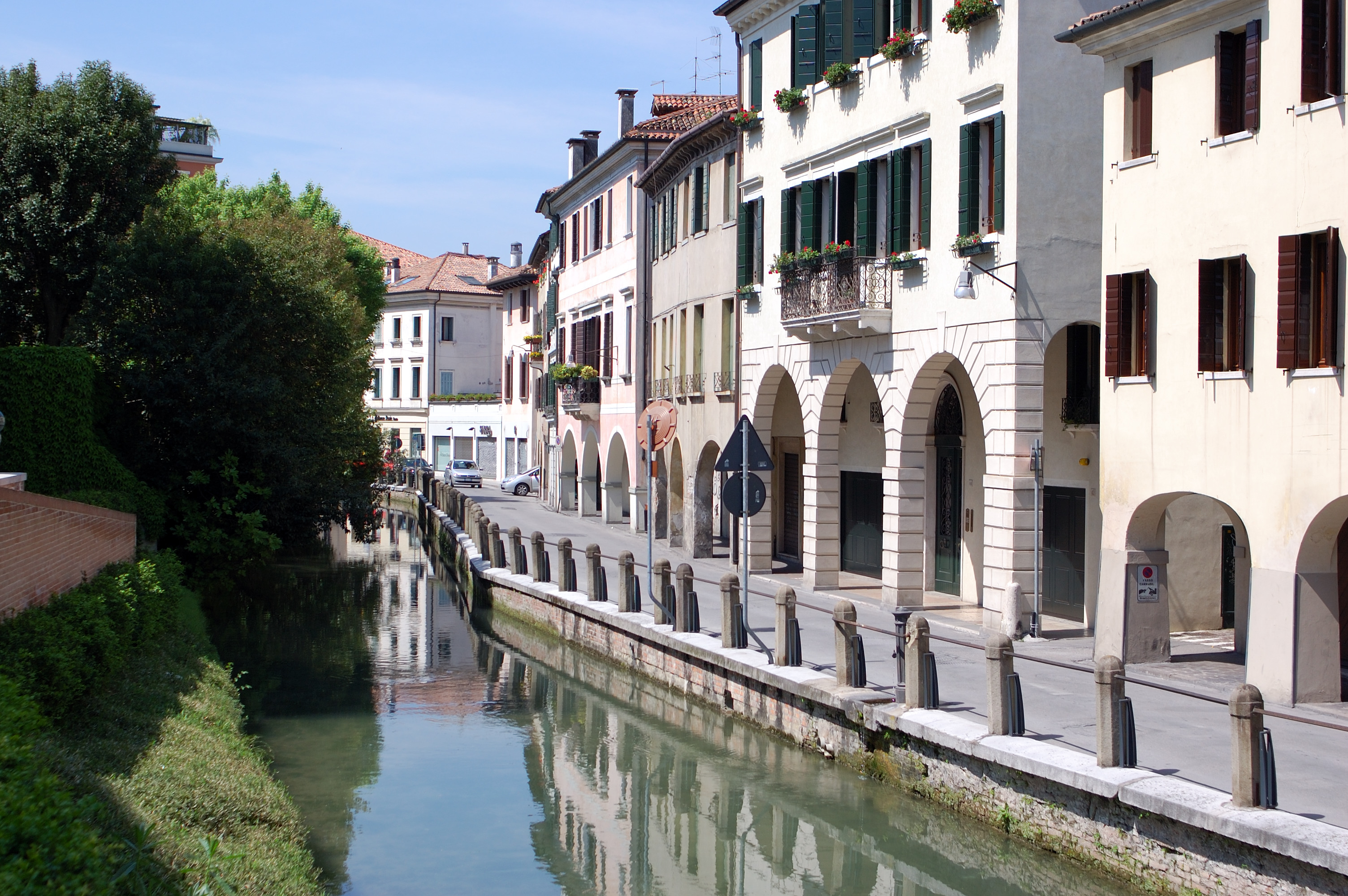When the word is pronounced channels, one immediately thinks of the city that is its queen: Venezia! Wonderful with its bridges and narrow streets, la Serene since ancient times it has enchanted every visitor at first glance, it must be admitted. Yet, it happens that there is another small and charming reality in Veneto, rich in waterways and history. We are talking about the magnificent Treviso and its canals, which make it a worthy rival to the evergreen Venezia!
Treviso and the canals: a bit of history ...
The history of the city of Treviso has its roots in a distant era. It was born with the name of Tarvisium in the 568st century BC, as a Roman municipality. Subsequently Augustus incorporated it into the Tenth Region of Italy, until the Roman Empire fell prey to the barbarians. Unfortunately, Treviso too was plundered and sacked by Theodoric's Goths, who took it definitively. Some time later, in XNUMX, Treviso came to have a new king, Alboin, who with clemency decided to spare it, designating a Duke and a Longobard garrison. The king was later defeated by Charlemagne: Treviso, under the power and protection of the famous emperor, became one of the most important cities, seat of the mint of Italy. With the diet of Alemagna, Charles the Fat was deposed and was succeeded by Berengar, Duke of Friuli, and Otto I. He was crowned king of the whole peninsula in 961.

in 1164 Frederick Barbarossa confirmed the privileges and jurisdiction of the consuls, but the city joined the Venetian and Lombard League, adopting an anti-imperial policy. After the victory in the battle of Legnano, Treviso expanded to the detriment of the Da Camino feudal lords and the Bishops of Conegliano. Ezzelino and Alberico da Romano began their tyrannical government around 1127, and with the death of the latter Treviso returned to the free municipality. 1339 marked a significant date for the city: the Scaligeri ceded Treviso to the Venetians. After being subdued by Leopoldo of Austria and the Da Carrara family, the Treviso people returned under Venetian rule. When the Serenissima fell, the province passed into the hands of the Austrians, and remained there (except for some interruptions) until July 15, 1866, during the III Italian War of Independence.
The canals of Treviso, little Venice
Several tourists, as soon as they set foot in Treviso, are surprised by its fantastic canals. The atmosphere that this city of water creates is, to all intents and purposes, that which can be found in one Padova or in a Venice. These channels originate from the division into branches of the Botteniga, main watercourse. Its journey begins when it crosses the Pria Bridge (Ponte di Pietra), at which there are locks, the work of Fra 'Giocondo. The other two branches of the Botteniga then flank the city walls to enter the river Sile.

First of all in the standings is the Medium Cagnan: Buranelli canal, which appears truly picturesque, capable of embellishing the already beautiful historic center. This name refers to one of the bridges where the river flows, called precisely bridge of the Buranelli. In fact, nearby you can admire a building dating back to Five hundred, home of illustrious traders from the island of Burano. Another noteworthy watercourse is that of Canal of the Roggia, which also gave its name to the street that runs through the western part of the area. This crosses the area near Piazza Duomo and Piazza Borsa, and then flows into the Sile. It seems to be in a magical ancient dimension, where the freshness of the clear waters marries that of the sky.
Suggestive channels, but not only ...
In the vicinity of Siletto, however, there is the Channel of the Scorzerie, whose name derives from the various tanneries that settled there in the past. The tour ends on University Bridge, in maple wood, and the Ponte Dante, on the left bank of the river (it was also called impossible bridge, because it collapsed all the time!). In addition to the canals, however, Treviso also boasts thirty-three beautiful ones fountains, symbol of the fantastic and intimate relationship that the city has with the natural element of water. Fazio degli Uberti, famous poet, praised the beauty of clear Treviso fountains and pleasure of love that is up here.

Even the very religious Abbot Bailo, in his guide of the city of 1872, could not resist the irrepressible impulse to praise these magnificent waters, so much so that he wrote: these waters deserve that the forestier tastes them, nor will they say they know Treviso, if they have not tasted its waters. Nature and the work of man (and above all the Great History) have made Treviso a small pearl of the Veneto, which is worth admiring and preserving.





